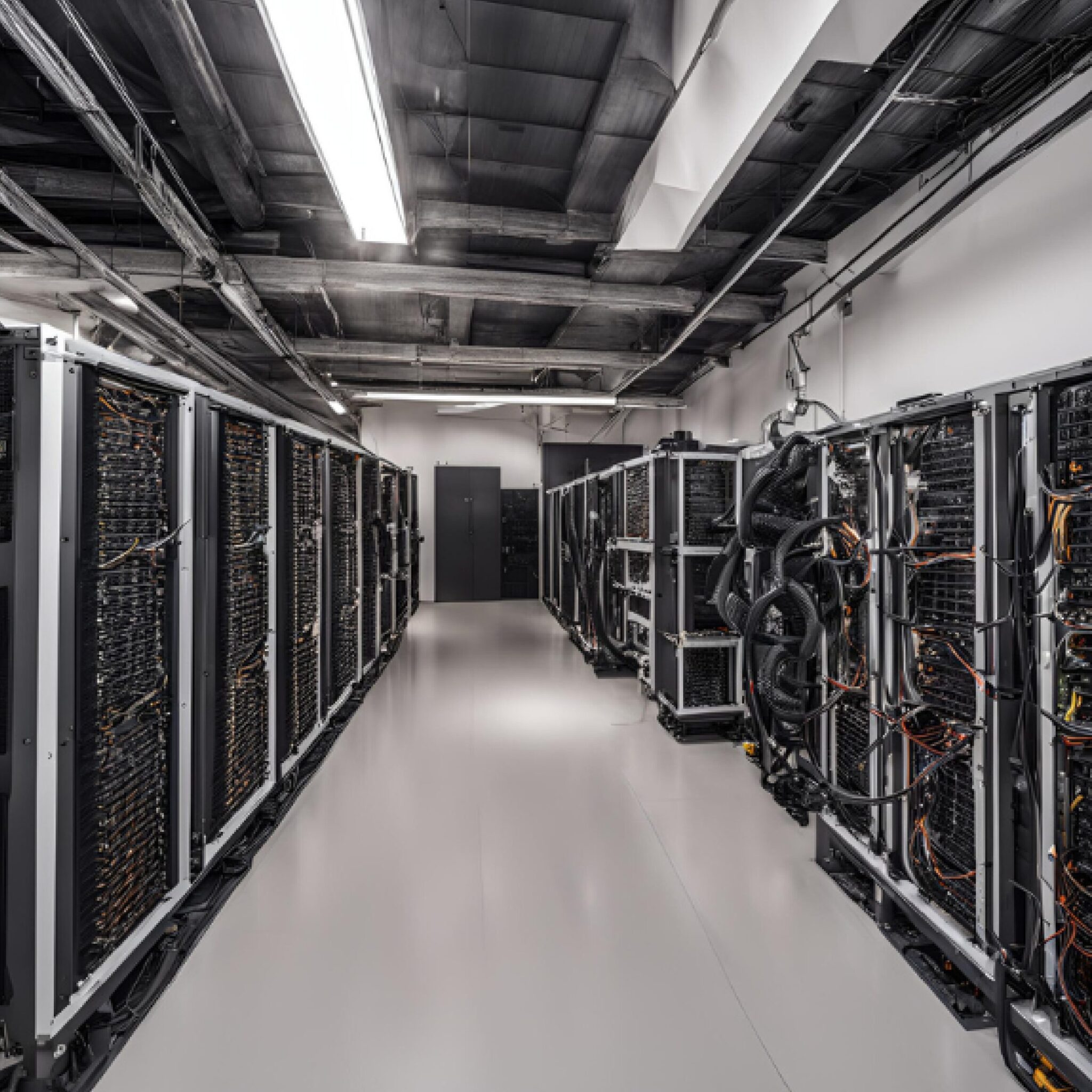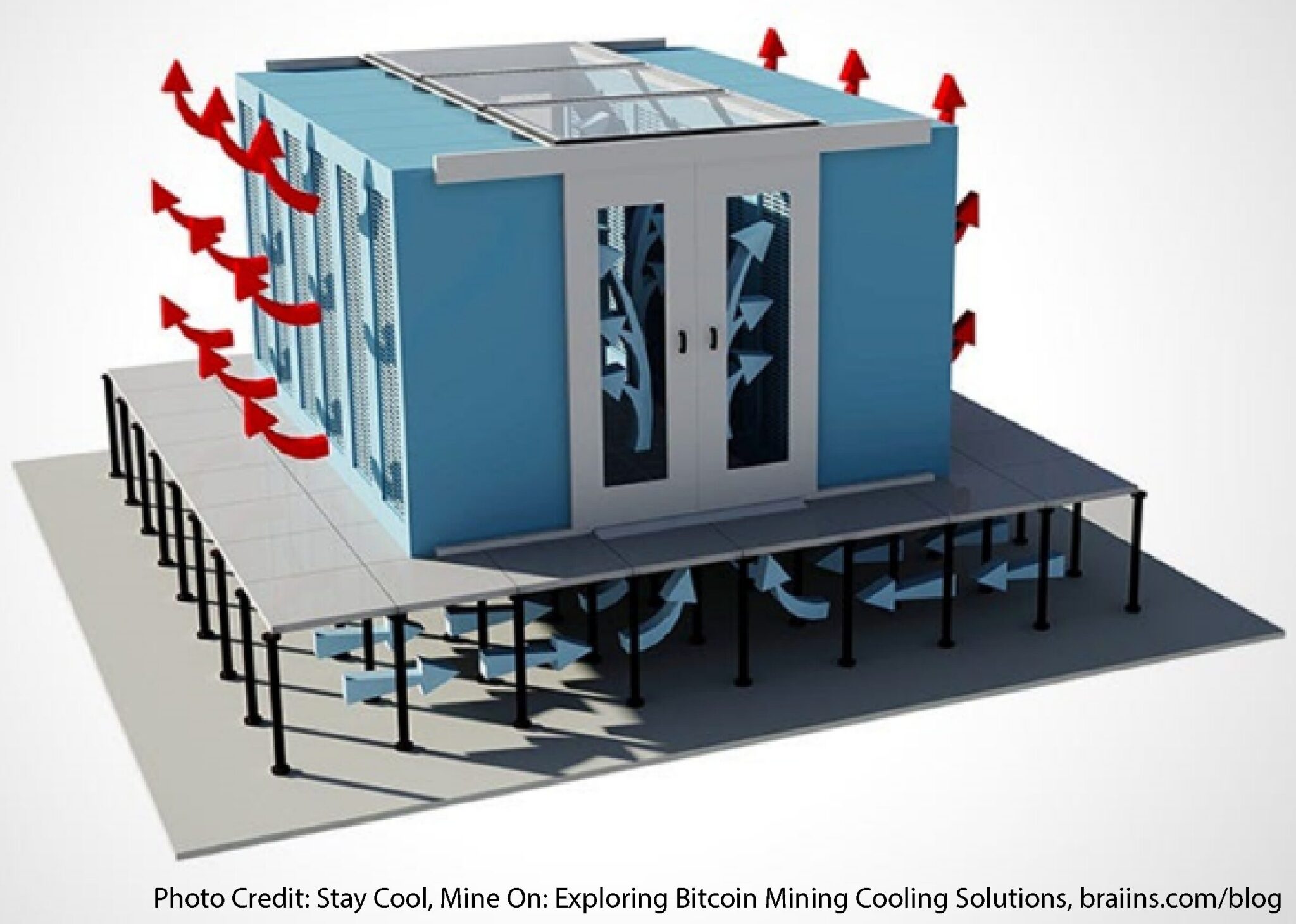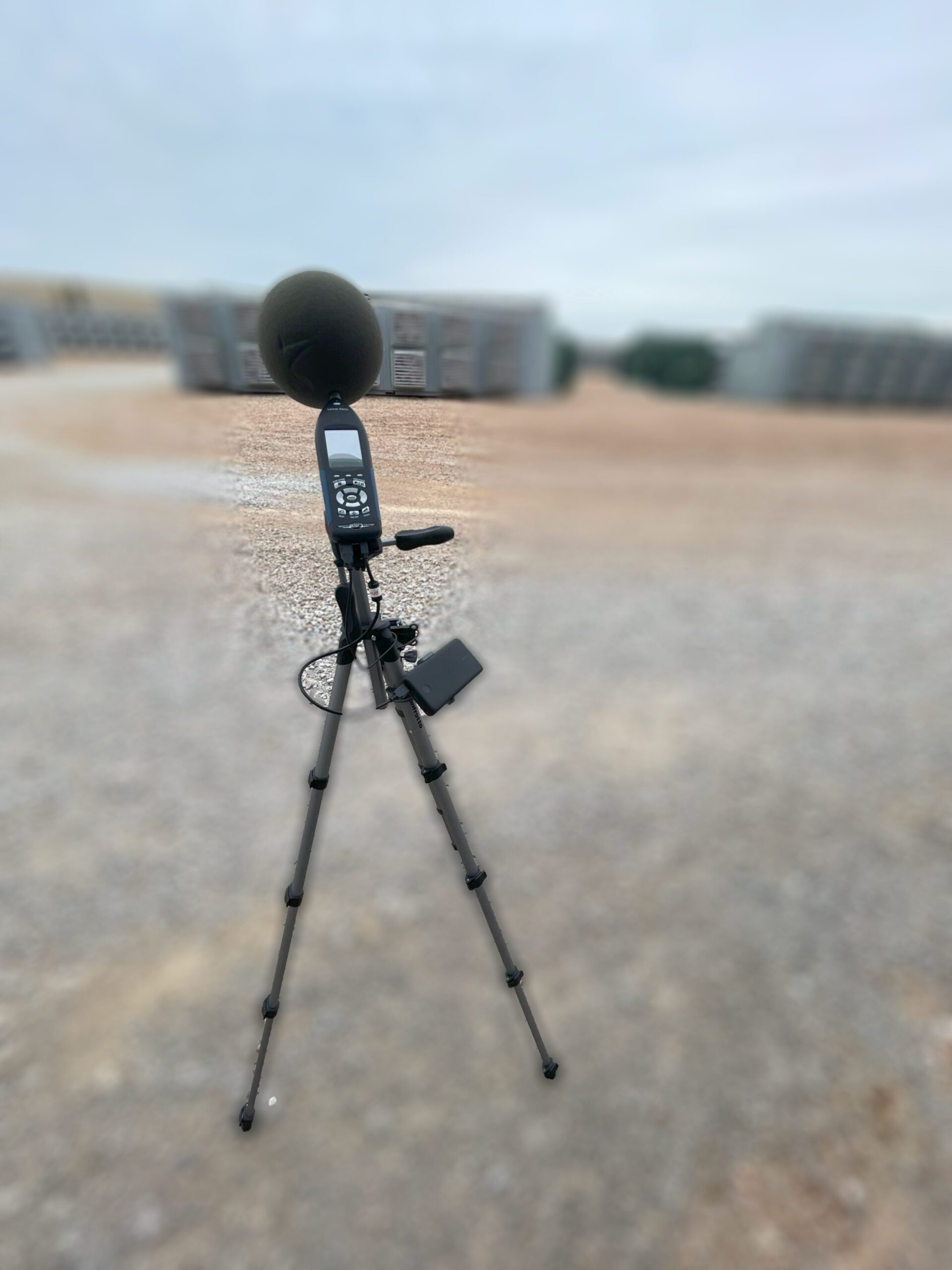Bitcoin Mining Noise Assessment and Mitigation
Bitcoin Mining Noise Assessment and Mitigation
Cryptocurrency (i.e.: Bitcoin, Ethereum, etc.) mining noise can be a nuisance, but this is mainly dependent on the type of cooling system. The massive number of computer rigs used for mining generates a lot of heat, requiring a substantial cooling system. To date, the most common source of noise from these cooling systems is fan noise for an air-cooled facility. These fans create a constant whirring or humming sound. This Bitcoin mining noise can be disruptive for people living near mining facilities. Another noise source commonly associated with these farms is that they require a lot of electricity to operate, which generally means there is a power plant in the area that may also be contributing to the noise.


Design of Cryptocurrency Mining Facilities
A Bitcoin or other Crypto Mining Farm can have various designs. Some will house their equipment in a large building or warehouse. Others will house their equipment within numerous individual containers similar to a box truck in size. But as far as noise goes it nearly always comes down to the cooling systems.
“Bitcoin mining generates a significant amount of heat due to the intensive computational processes involved. Efficient cooling systems are essential to maintain optimal operating conditions for mining hardware.”
Nico Smid, the Founder of Digital Mining Solutions and author of “The Bitcoin Mining Block Post”
Accurate Noise Surveys of Cryptocurrency Facilities
Equipment Requirements and Calibration
To perform an accurate noise survey, selecting the appropriate equipment, such as a noise meter or system, is the initial step. Noise monitoring equipment is classified by the American National Standards Institute (ANSI) as either Type I (laboratory grade) or Type II (general purpose). Type I offers higher accuracy than Type II, although both are potentially suitable for environmental noise surveys.
Proper Setup and Measurement Metrics
A standard setup involves positioning the microphone on a tripod at a height of five feet above the ground. It should be placed away from reflective surfaces like buildings, and a suitable windscreen must be attached to the microphone. Additionally, configuring the equipment to log the correct metrics is essential. The most significant setting for environmental noise is using A-weighted decibels (dBA) rather than flat-weighted (dB) decibels.
Utilizing Professional Expertise
With Bitcoin mining noise, considering the technical requirements for accurate measurement and analysis, it is generally advisable to engage a qualified noise consultant. They possess the expertise to conduct the survey properly and can provide a comprehensive, easy-to-understand noise report based on the findings.
Noise Mitigation Options for Cryptocurrency Facilities
Reducing noise levels to locations offsite is dependent on several factors. One is the type of cooling technology being used and another is the distance from the cooling noise sources to the receivers (i.e., residences). The most basic noise mitigation employed are noise barriers which can be noise walls, noise berms, or some combination. Noise barriers need to be close to the source to be effective and depending on the design of the barrier may only be effective up to 300 feet away.
Other options can be vent silencers and/or quieter blades for every fan. Mitigation for immersion cooling and hydro-cooling, have more pumps creating noise which are easier to mitigate with lagging. The best way to mitigate Bitcoin mining noise is to have laws in place based on known measurements and modeling to help locate these facilities in compatible locations.
Frequently Asked Questions
What types of Cooling Systems are Available for Cryptocurrency Facilities?
- Air Cooling
This method uses several high-velocity fans with intakes and exhausts open to the atmosphere. Generally considered the loudest of the three cooling systems for cryptocurrency noise. - Immersion Cooling
Technically, there are two methods of immersion cooling: single-phase and double-phase. For single-phase, the hardware is submerged in a conductive cooling liquid, and this liquid is circulated through a heat exchanger. For double-phase, the liquid converts to a gas due to heat, and the vapor is condensed back to a liquid. These methods are generally considered more efficient and effective than air cooling. Noise from these methods is generally from pumps, which can more easily be mitigated. - Hydro Cooling
For this method, water is used as the cooling medium. This water flows through pipes that are connected to the equipment being cooled. This water is pumped to a heat exchanger and cooled. As with immersion, pumps are the main noise source which can be mitigated more easily than fans.
What is the difference between LDN and Leq?
The short answer is that LDN is the Day-Night noise level over the period of 24 hours with a +10 dBA penalty during the nighttime hours. This is used for some local regulations as well as the US Department of Housing and Urban Development (HUD) to determine if a residential development would be suitable. The Leq is the equivalent noise level which requires that a duration of time be associated with it such a 1 second, 10 seconds, 1 hour, etc. Some will say it is a average noise level but technically it is the energy average over that period of time.
Full Member of the Acoustical Society of America
Full Member of the Institute of Noise Control Engineering



